Every lesson is nature’s lesson
August 28th, 2025
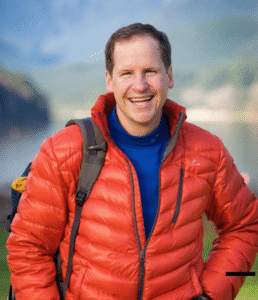
For more than three decades, environmental educator and naturalist Roy Jantzen has been inspiring people to see their place within the natural world. With a master’s degree in environmental education and communication from Royal Roads University, and as a longtime instructor at Capilano University, he has guided students through courses on natural history, ecotourism, and climate change—always with the conviction that “all education should be environmental education.”
Jantzen is the author of Active Vancouver: A Year-Round Guide to Outdoor Recreation in the City’s Natural Environments (RMB, 2015) and now Wildlife Weekends (RMB $45.00), an expansive, photo-rich guide to encountering the animals of southern British Columbia. Organized around 20 species—from Bald Eagles to Killer Whales, from pikas to marmots—the book combines practical day trips with natural history, Indigenous Traditional Ecological Knowledge, and insights from wildlife researchers. With emphasis on ethical viewing and climate change awareness, it encourages readers to engage with local ecosystems in meaningful and sustainable ways. Whether leading students in the classroom or readers into the wild, Jantzen’s goal remains constant: to help nurture the next generation committed to protecting biodiversity and reimagining a sustainable planet.
*
BC BookLook: Let’s start with the new book—Wildlife Weekends. What kind of reader did you imagine when writing it, and what do you hope they’ll take away from the experience?
Roy Jantzen: When I began Wildlife Weekends, I pictured families—parents, grandparents, and children—setting out together on a road trip that’s as much about discovery as it is about the destination. The adventures are designed to be accessible and inviting, but with a deeper intention: to inspire respect for the natural world and the creatures that live there. I believe that a single, memorable wildlife encounter in childhood can do more than create a lasting impression—it can awaken a connection to nature and even shape a life to be guided by care for the natural world.
BCBL: There are so many wild creatures and places to explore in BC. Was there a particular moment or encounter on the trail that made you say, “This has to go in the book”?
RJ: One moment that’s always stayed with me happened back in May 1994, in Wells Gray Park. On the 65-kilometre hour-long drive from Clearwater to Clearwater Lake, I counted twelve black bears feeding on the roadside plants. Twelve! Where else can you see that many bears in just over an hour? At the time, I had no idea I’d one day write a wildlife-viewing book, but I do remember thinking, Does anybody know about this? Encounters like that probably planted the seed for my guidebook writing.
While researching Wildlife Weekends, I also had some surprises. Someone I interviewed suggested I contact the executive director at the Vancouver Island Marmot Recovery Foundation. I learned that Canada’s most endangered mammal—the Vancouver Island Marmot—can actually be seen with a visit to Mount Washington, just outside of Courtney, and the Foundation encourages it! I was astonished. How could this be? There’s a fascinating reason, and I share it in the Summer section of the book.
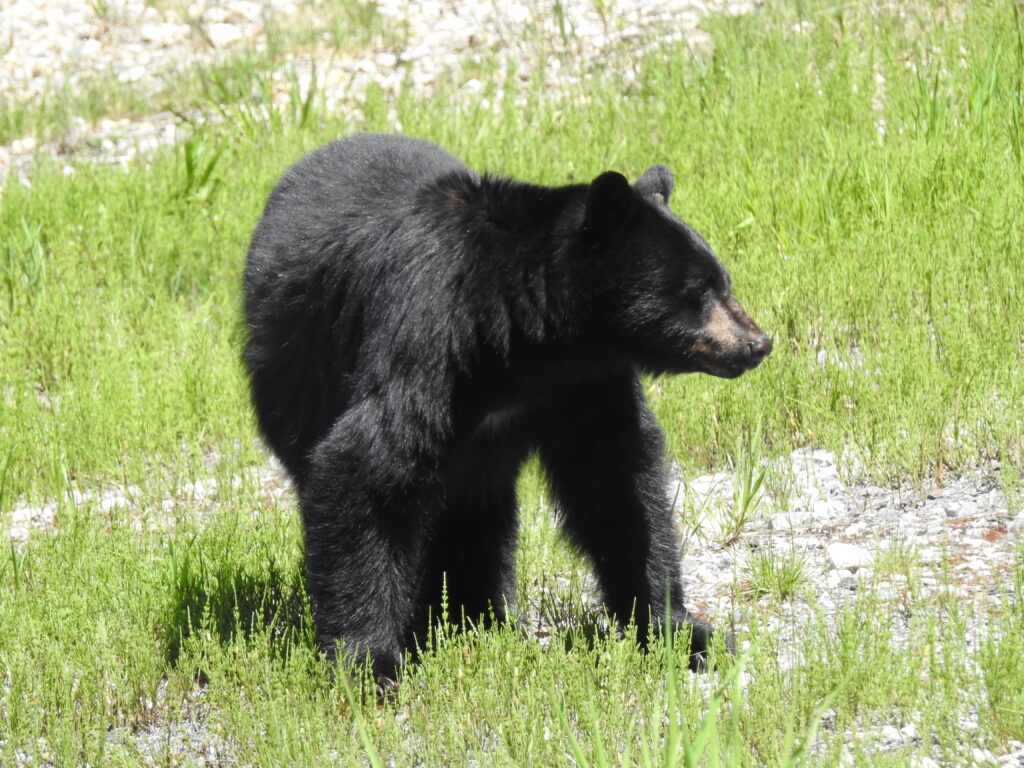
Black Bear. Photo by Christine Gaio
BCBL: You blend Indigenous knowledge, scientific research, and personal stories in each chapter. Why was it important for you to integrate these perspectives?
RJ: I wanted Wildlife Weekends to reflect a diversity of perspectives—Indigenous, scientific, conservation, and recreational. We all share the same natural spaces, and it’s important to understand the different ways people connect with them. You see this in the number of people trying to book a campsite at a Provincial or National Park, and the different users that recreate in them.
I have friends who are avid fishers and hunters and talk about wildlife as a resource, while I view it as animals having an inherent right to be, without having them be, for me. In the book I provided brief coverage of certain ideas. One of them was two-eyed seeing, essentially the concept of looking at nature through both an Indigenous and scientific lens, and how they can each complement each other. So, in summary, I believe addressing multiple perspectives is critical.
BCBL: Do you remember a time on one of your trips when you saw someone interact with wildlife in a way that really stuck with you—either good or bad? What did that experience teach you about how we should engage with nature?
RJ: That’s a great question. My first instinct is to recall photographers getting too close to a Northern Pygmy Owl to ‘capture’ the perfect image—but I’d rather highlight a more positive moment. Years ago, my seven-year-old son—he’s 33 now—had learned at the Vancouver Aquarium wet lab how to touch intertidal creatures gently, with clean hands and just a fingertip. One of the sites featured in Wildlife Weekends is Botanical Beach on Vancouver Island. On our first visit there, he patiently showed me how to properly interact with the creatures in the tidal pools. That lesson stayed with me, and I continue to pass it on. It’s a simple but powerful reminder of how to engage with nature thoughtfully and respectfully.
BCBL: You’ve taken so many students into the field over the years—was there a particular teaching moment outdoors that felt like a turning point, either for you or for them?
RJ: After 25 years teaching environmental education at Capilano University, many students have reached out years later to say how their perspective on nature changed after taking a class with me. Sometimes it was being able to remember bird songs, or identify the trees, flowers, or creatures in the forests, alpine areas, or marine environments we explored together. More often, it’s the excitement they carry in sharing what they’ve learned about these ecosystems with others. Seeing that curiosity turn into respect and thoughtful engagement with nature has been a turning point both for my students and for me as a teacher.
BCBL: What’s your own relationship to nature like when you’re not teaching or writing—where do you go to recharge?
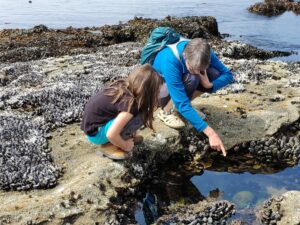
Exploring the outdoors. Photo by Roy Jantzen
RJ: My wife and I spend a lot of our free time outdoors. We hike regularly—often involving climbs that take us through changing ecosystems, right in the Metro Vancouver area. We also backpack, kayak, and cross-country ski. Being active in nature is restorative—the combination of exercise and immersion in the natural world is what really helps us recharge.
BCBL: You’ve been an educator, writer, guide, and activist for decades. What keeps you motivated to do this work year after year?
RJ: What keeps me going is my curiosity and love of learning about the natural world. I’m always excited to add new pieces to my understanding—like discovering a new connection between species, or between a species and its environment. Once I learn something like that, I can’t wait to share it, and if you happen to be around at the time, well… look out!
Beyond that personal excitement, seeing others—students, families, or readers of Wildlife Weekends—make their own connections with nature is deeply motivating. Nature is endlessly fascinating, and there’s always more to explore, learn, and protect. That combination of discovery, sharing, and fostering respect for the environment is what drives me year after year.
BCBL: For folks following along on social media: Can you give us a list of your favourite BC trails to visit in September?
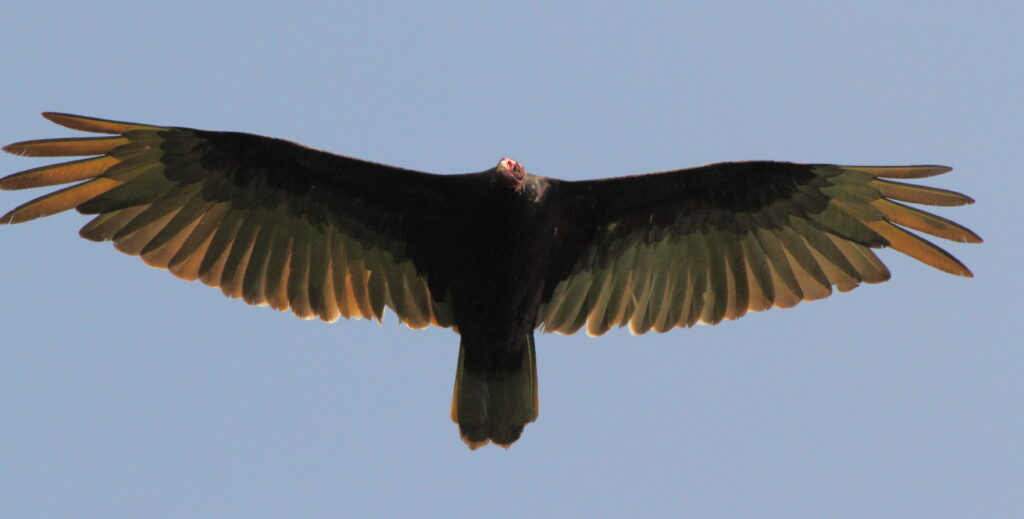
Turkey Vulture. Photo by Rob Alexander
RJ: For September, I’d like to highlight two of the species from the Autumn section of Wildlife Weekends: Turkey Vultures and salmon. Turkey Vultures are fascinating—perhaps some readers spotted some gliding overhead this summer. They soar upwards, taking advantage of rising columns of air, often near cliff edges, but also out in the open. In the fall, hundreds gather on southern Vancouver Island, especially around East Sooke Regional Park, before continuing south to the Olympic Peninsula and beyond.
For a classic West Coast wildlife experience, visiting a salmon-bearing creek during the salmon run can be unforgettable. This year, the Fraser River Sockeye run is particularly large, which is good news, though these salmon still face challenges before spawning. A visit to a local creek not only offers a chance to see these incredible fish up close, but also to witness firsthand the obstacles they encounter in their natural environment. The Watershed Watch Salmon Society provides information on where and when to see salmon spawning in a stream near you. 9781771604604
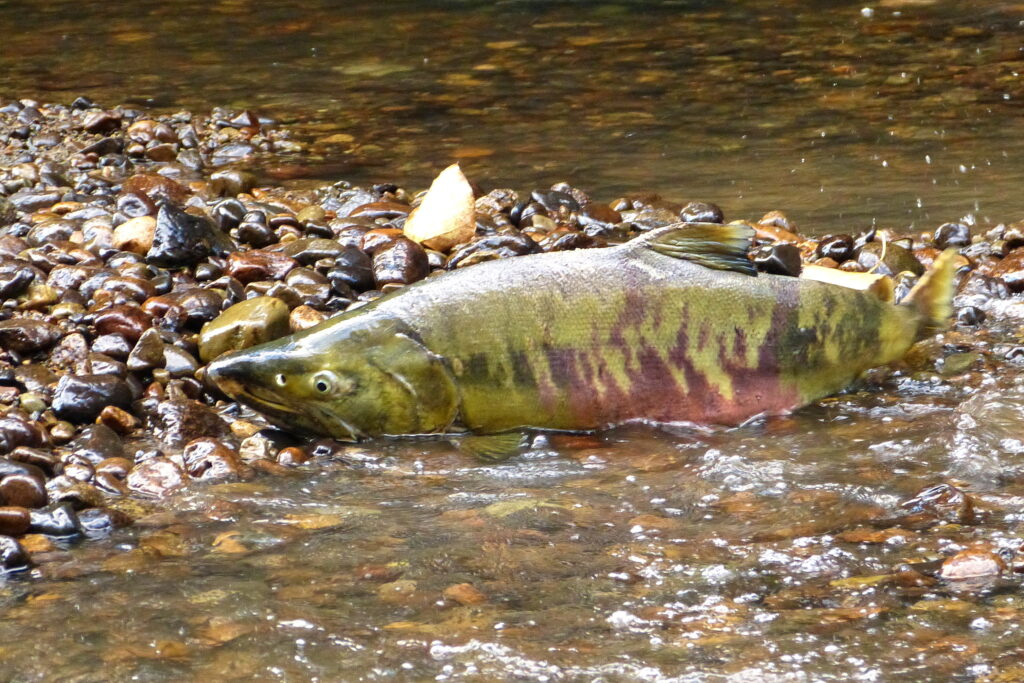
Spawning salmon. Photo by Marion Shikaze
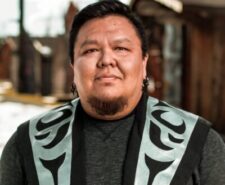

Leave a Reply